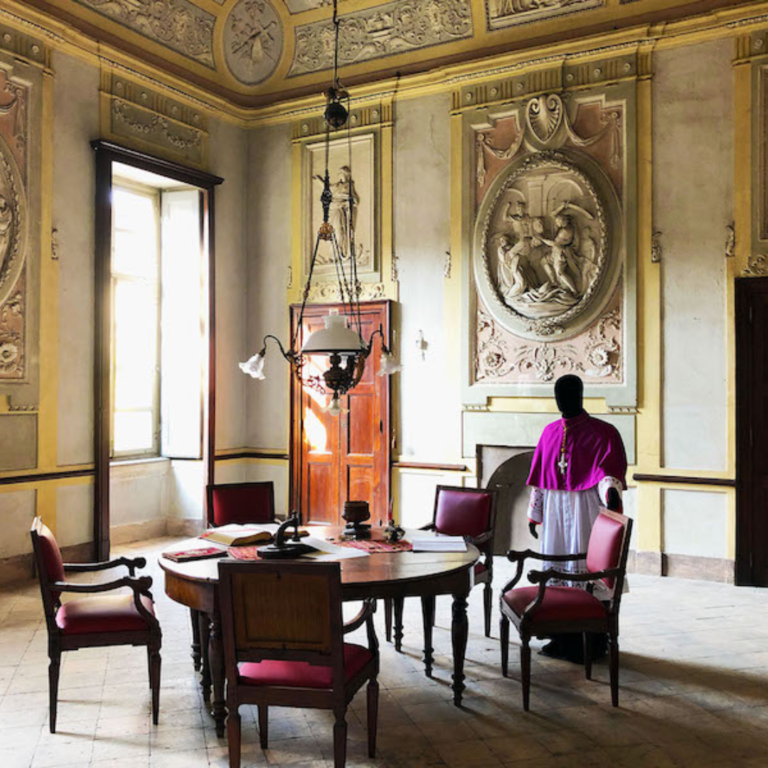Place of Worship
SACRESTIA APERTA
 included
includedIn the interior of the Romanesque cathedral dedicated to St Evasius, the Open Sacristy Route and the Archaeological Route of the attics are developed, where many precious reliquaries, gold, textile artefacts of particular value and significant works of sacred art are on display. Among the textiles, the chasuble that belonged to Pius V (16th century) is worth mentioning. From the deambulatory, which houses parts of the mosaic flooring of the ancient church dating back to the mid-12th century and sculptures from the 12th-16th centuries on the walls, we move on to the sacristies where paintings by Gaudenzio Ferrari, Giorgio Alberini and Pietro Francesco Guala, among others, are preserved.The visit ends in the 18th-century Chapel of St Evasius, which leads to the interior of the ecclesiastical hall where a majestic 12th-century wooden and silver crucifix is housed. During the ascent, one can admire the medieval structure freed from the thick 19th-century plasterwork, in which the openings of the single lancet window on the south side and the access to the external apsidal loggia stand out. Once you reach the access to the attics by means of a metal walkway, suspended on the extrados of the vaults, you walk along the entire southern portion of the building, which first reveals the crowning hanging arch of the nave and then, in succession, the ancient structures of the transept's minor nave where the mullioned window freed from the 19th-century window frames shines.Just where the route seems to end, the visitor can immerse himself in the limbs of medieval architecture to reach the most hidden decorative elements and then find himself, after an almost vertical descent in the wall thickness, the women's galleries of the atrium. Here, one can admire all the details of the 20th-century sculptural elements and the majesty of the great cross-arched vaulting at close quarters.During the Notte Bianca and at city events, the museum conducts evening tours.





















